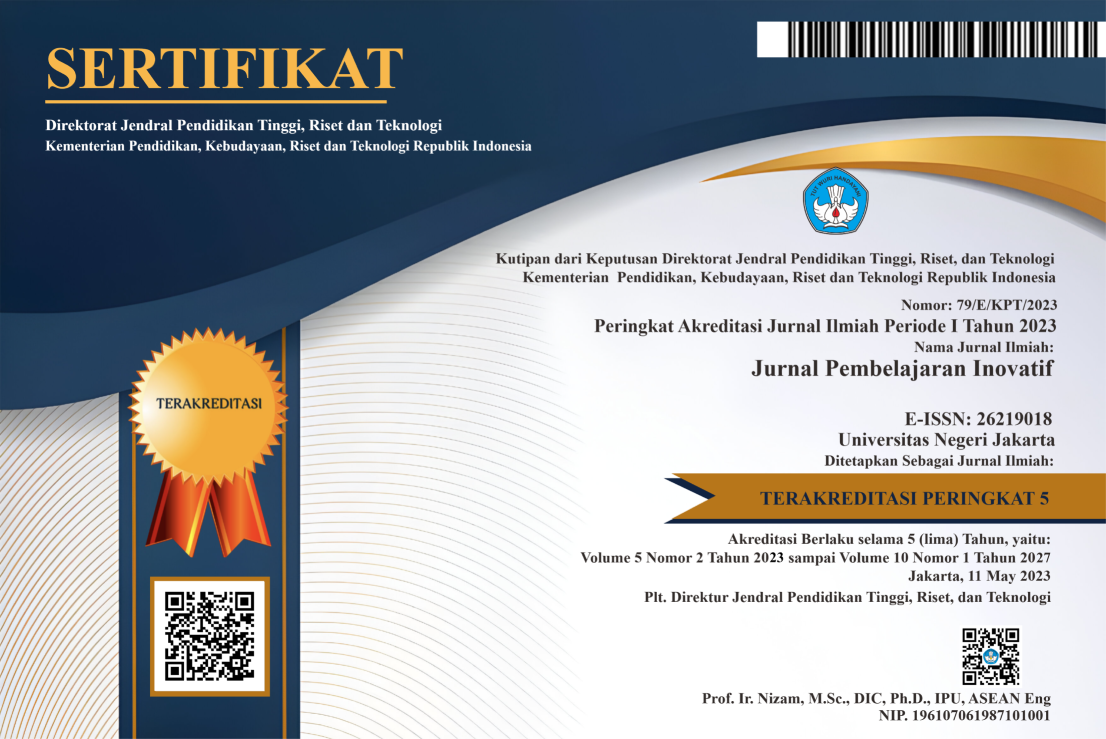Quadrant of Blended Learning: a Proposed Conceptual Model for Designing Effective Blended Learning
DOI:
https://doi.org/10.21009/JPI.011.01Keywords:
Asynchronous Learning, Blended Learning, e-learning, Synchronous LearningAbstract
Blended learning is not just simply combining online learning with face-to-face learning. It is dynamic and context dependent. It can be viewed from different contexts and perspectives. Different context has different needs and characteristics. It needs different blend of blended learning. But, blended learning has one same ultimate goal, i.e. to determine the most appropriate blend to make optimum learning experience occur. Recent literatures and studies showed that e-learning and blended learning are synonymous with synchronous and asynchronous learning. Therefore, the purpose of this paper is to propose a conceptual model of blended learning design and its definition viewed from the perspective of those learning setting. This conceptual model, called quadrant of blended learning. It consists of four quadrants, i.e.: 1) quadrant 1: live synchronous learning; 2) quadrant 2: virtual synchronous learning; 3) quadrant 3: collaborative asynchronous learning; and 4) quadrant 4: self-directed asynchronous learning. As a conceptual model, it is expected that it can provide framework and idea for instructional designers in designing effective blended learning strategies.
Downloads
Published
How to Cite
Issue
Section
License
JPI provides immediate open access to its content on the principle that making research freely available to the public supports a greater global exchange of knowledge.
All articles published Open Access will be immediately and permanently free for everyone to read and download. We are continuously working with our author communities to select the best choice of license options, currently being defined for this journal is licensed under a Creative Commons Attribution-ShareAlike 4.0 International License (CC BY-SA).




